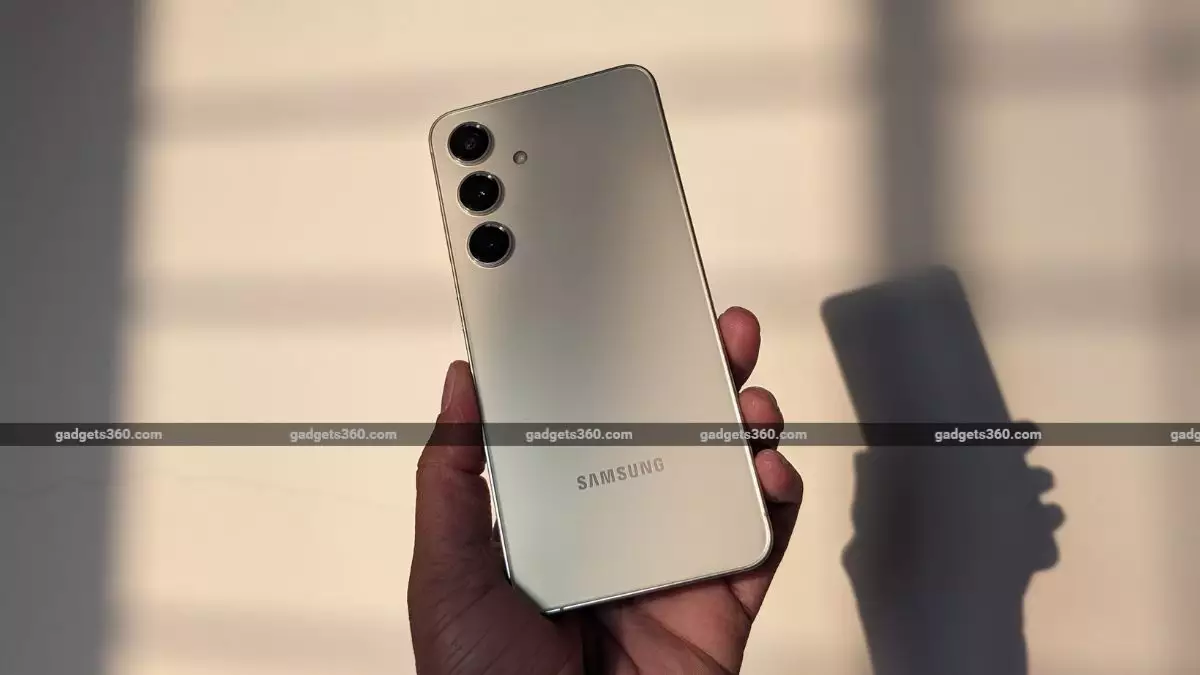In an era where technology and user experience converge, smartphone manufacturers such as Apple and Samsung are adopting a new philosophy: creating slimmer models that do not compromise on performance. Recent rumors suggest that these tech powerhouses are preparing to unveil their latest flagship devices, namely the iPhone 17 Air and the Samsung Galaxy S25 Slim. Both devices are designed to embrace the slim trend while grappling with certain challenges, primarily in battery capacity and overall device longevity.
According to leaked information, the iPhone 17 Air and the Galaxy S25 Slim will come equipped with batteries ranging from 3,000 to 4,000mAh. This is a stark contrast to many contemporary smartphones offering higher battery capacities. The design strategy for these devices appears to lean heavily on maintaining an ultra-slim profile, which poses a dilemma: how to balance aesthetic appeal with functional resilience. The pursuit of ultra-thin designs may lead to shorter battery life, affecting daily usage for the average consumer. Moreover, while some Chinese smartphone manufacturers have embraced advanced battery technologies, such as Silicon-Carbon, the mainstream giants remain somewhat traditional in their approach, thereby limiting their innovation potential in battery tech.
As we approach September, the anticipation for the iPhone 17 series grows stronger, promising an innovative smartphone experience. Meanwhile, Samsung is laying groundwork for its Galaxy S25 series, with expectations that the Slim variant will arrive slightly later in May. This staggered approach may allow both brands to strategically position their offerings within the market, catering to different consumer demands while reinforcing their commitment to innovative design.
What sets these new models apart from their predecessors is not just a thin design but also other features that cater to a premium user experience. The iPhone 17 Air is rumored to showcase a 6.6-inch OLED display with a refresh rate of 120Hz and Apple’s signature Dynamic Island, aiming to captivate tech enthusiasts. Comparatively, the Galaxy S25 Slim is expected to boast impressive camera specifications, including a whopping 200-megapixel main lens, alongside a robust ultra-wide and telephoto setup.
While Apple and Samsung are focusing on creating these slender devices, Chinese manufacturers are setting a precedent by introducing models with superior battery capacities without compromising on the thickness of the device. With products boasting claims of around 5,000mAh batteries, these companies are pushing the envelope, applying new technologies that allow for higher energy density. As the competition heats up, the ability to balance sleek designs with functionality will become increasingly pivotal.
As these flagship models prepare for their respective launches, consumers are left contemplating not only the aesthetics of these devices but also how usable they will be. The quest for slimmest smartphones has prompted a broader discussion about performance, user experience, and design philosophy in the tech world. Will the market prioritize aesthetics over functionality, or will consumers demand a balance that allows for both innovation and longevity? The answers remain to be seen as these companies finally unveil their latest creations.

Leave a Reply